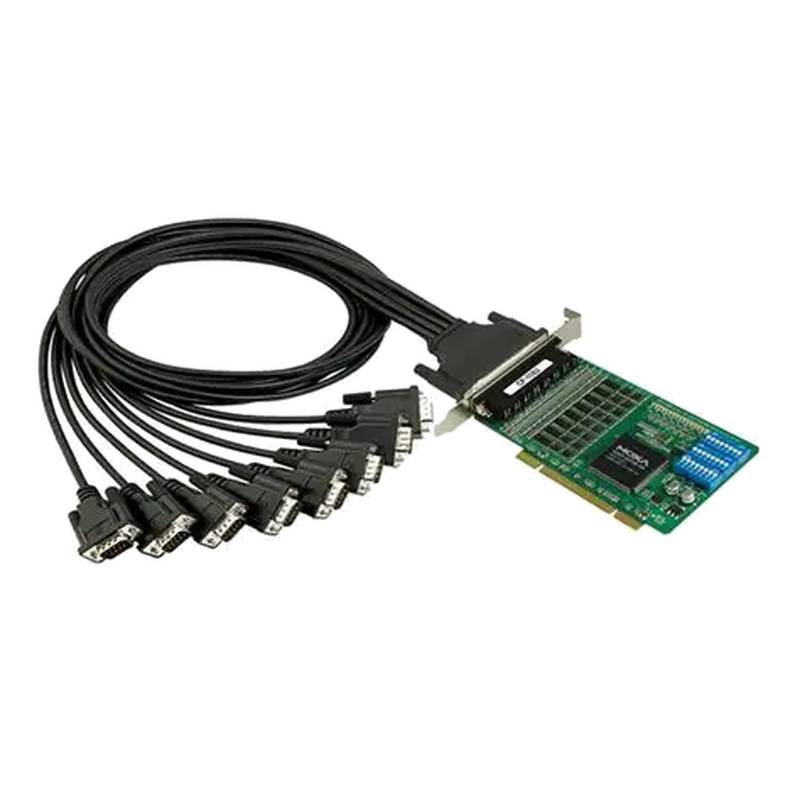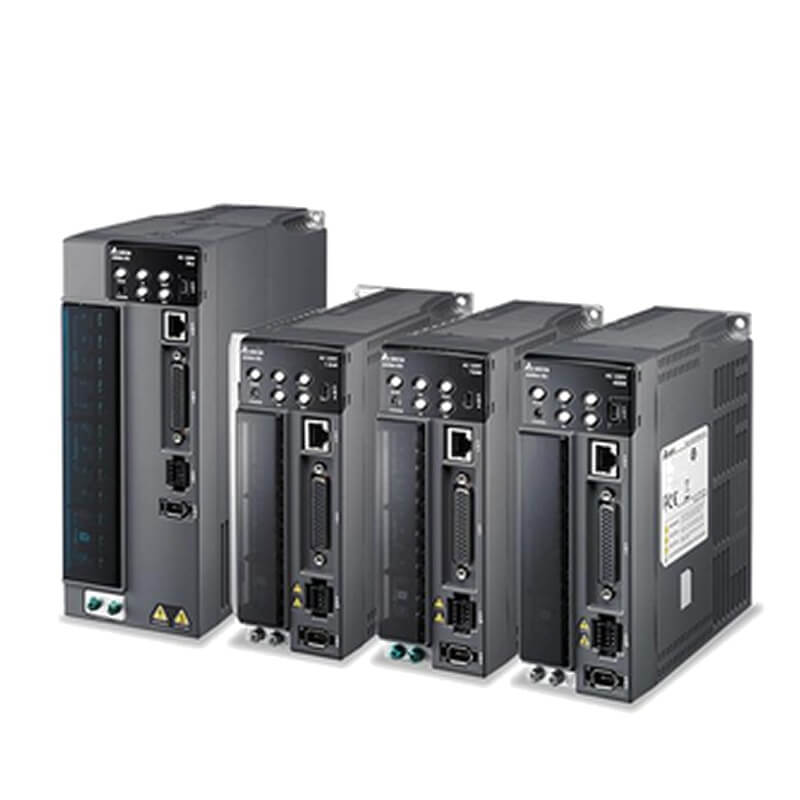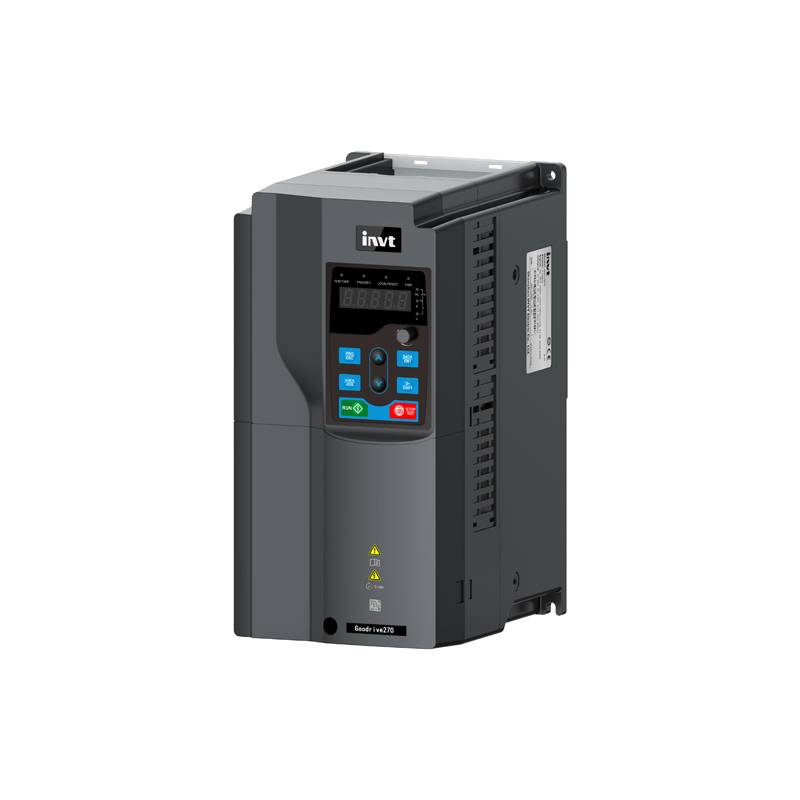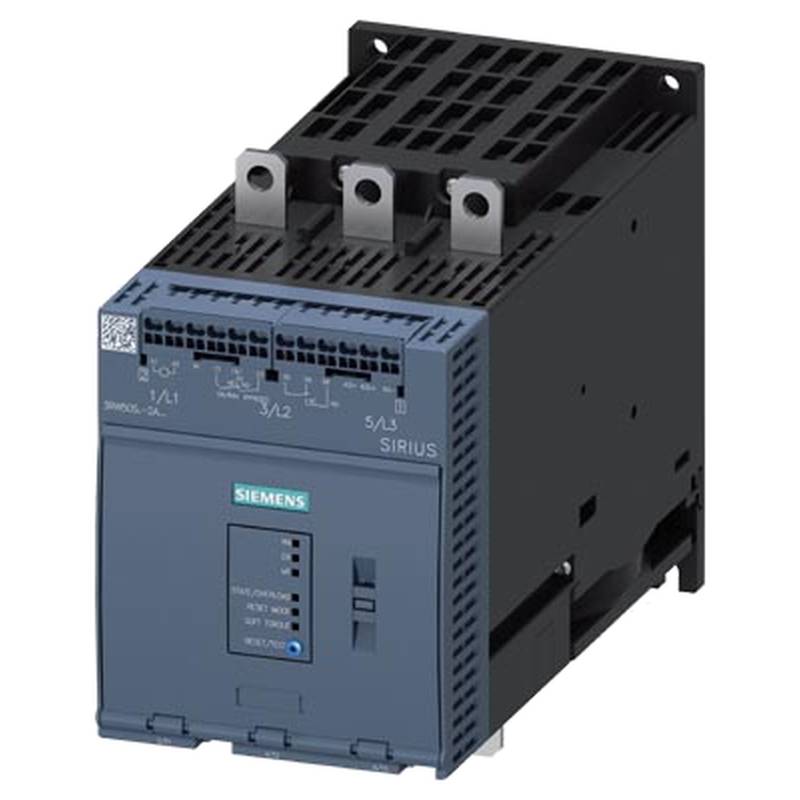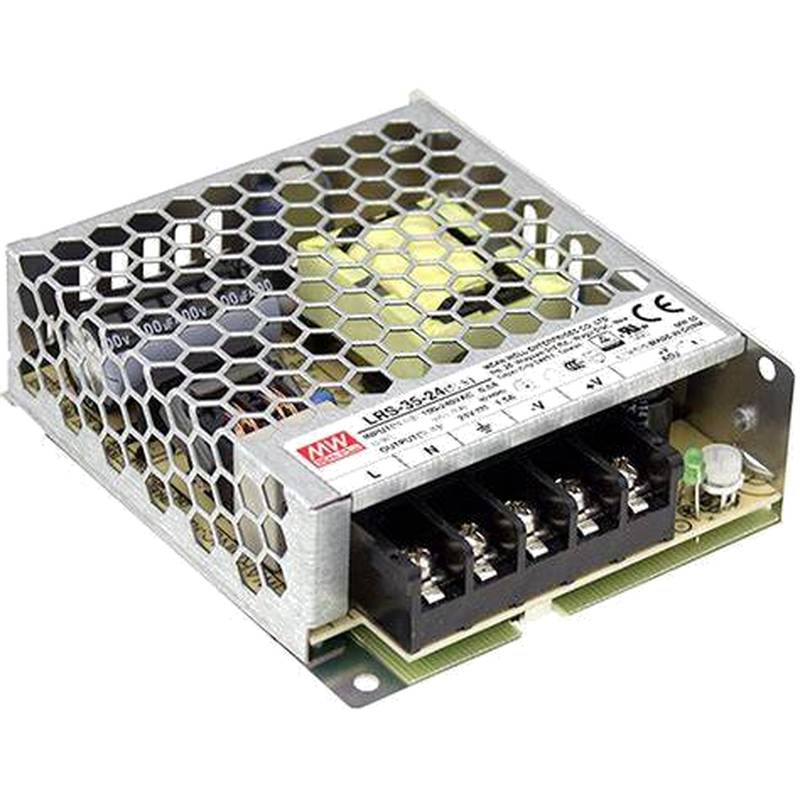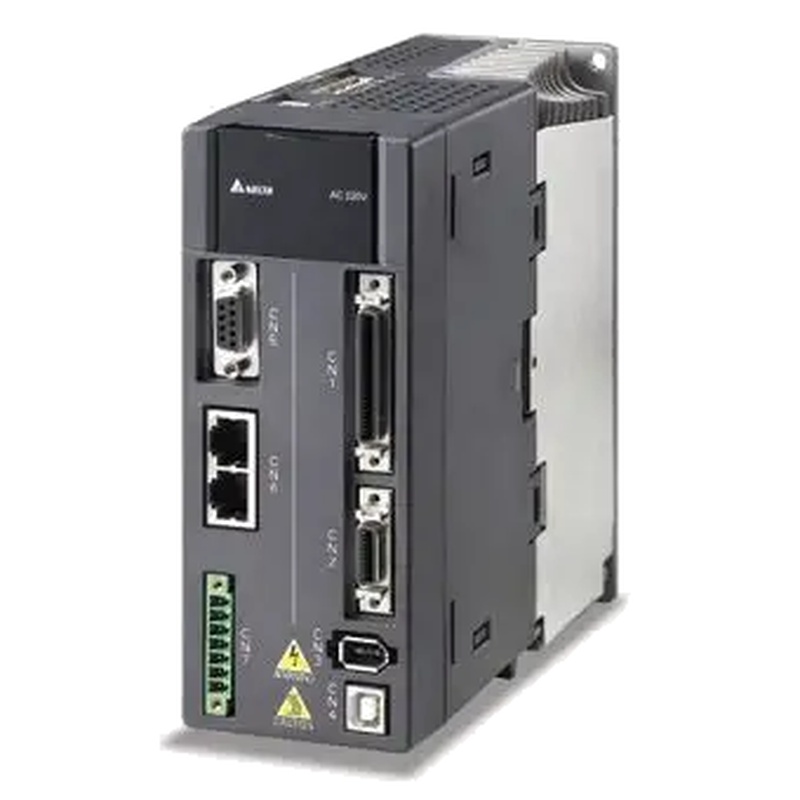
The Moxa CP-118U-I 8-Port Isolated Serial Device Server offers robust serial connectivity for demanding industrial environments, providing eight RS-232/422/485 ports with 2 kV electrical isolation for enhanced protection against surges and interference. Its compact design, DIN-rail mountability, and wide operating temperature range make it ideal for mission-critical applications. Key technical parameters include 10/100 Mbps Ethernet connectivity, support for TCP/IP, UDP, and ARP protocols, and a powerful ARM7 CPU for efficient data handling.
Product Specifications
| Feature | Specification |
| :-------------------- | :------------------------------------------------- |
| Serial Ports | 8 x RS-232/422/485 |
| Isolation Protection | 2 kV Electrical Isolation |
| Ethernet Interface | 1 x 10/100 Mbps Ethernet (RJ45) |
| Protocol Support | TCP/IP, UDP, ARP, DHCP, BOOTP, Telnet, RFC 2217 |
| Serial Baudrate | Up to 921.6 kbps |
| Power Input | 12-48 VDC |
| Operating Temperature | -10 to 60 °C (14 to 140 °F) |
| Mounting | DIN-rail |
| Dimensions | 129 x 103 x 45 mm (5.08 x 4.06 x 1.77 in) |
| Warranty | 5 Years |
Core Features & Market Positioning
The Moxa CP-118U-I distinguishes itself through its superior electrical isolation, a critical feature for protecting sensitive industrial equipment from ground loops and voltage spikes, thereby increasing system reliability and longevity. This device server excels in consolidating multiple serial devices over a single Ethernet network, significantly reducing cabling complexity and infrastructure costs. Its robust build quality and wide operating temperature range position it as a dependable solution for harsh industrial settings where commercial-grade equipment would quickly fail. Moxa's reputation for industrial networking expertise further bolsters its market standing as a go-to choice for mission-critical serial-to-Ethernet conversion.
Key Application Scenarios
The CP-118U-I is ideally suited for industrial automation, enabling seamless integration of diverse serial devices like PLCs, sensors, and barcode scanners into modern IP networks. In SCADA systems, it facilitates remote monitoring and control of geographically dispersed assets, consolidating data from multiple serial communication points. Manufacturing plants leverage its capability to connect legacy equipment to new digital infrastructures, supporting machine-to-machine communication and data acquisition for process optimization. Furthermore, transportation and utility sectors benefit from its rugged design and reliable connectivity for applications such as traffic control systems and remote substation monitoring.
Practical System Integration Guidance
Integrating the Moxa CP-118U-I typically involves connecting serial devices to the server's DB9 ports, ensuring correct RS-232, RS-422, or RS-485 configuration via DIP switches or software. Power is supplied via a 12-48 VDC terminal block, requiring careful attention to polarity. Network connectivity is established through the RJ45 Ethernet port, linking it to the local area network. Initial configuration is commonly performed using Moxa's "NetHelper" utility or by directly accessing the device's web interface via its default IP address. For specific device protocols, users configure the appropriate serial port settings (baud rate, data bits, parity, stop bits) and the device server's operating mode (e.g., TCP Server, TCP Client, UDP) to match the connected equipment's requirements.
Operation and Risk Mitigation
Operating the Moxa CP-118U-I requires adherence to its specified power input ranges to prevent damage. The 2 kV isolation is a key risk mitigation feature, safeguarding connected serial devices from electrical transients common in industrial environments. Regular firmware updates, available through Moxa's support portal, are recommended to ensure optimal performance and security. In case of communication failures, troubleshooting often involves verifying physical connections, checking serial port configurations on both the device server and the connected equipment, and confirming network connectivity and IP settings. Common issues can be resolved by rebooting the device server and ensuring compatibility with the chosen network protocol mode.
Scalability & Long-Term Value
The CP-118U-I offers significant scalability by allowing users to expand serial device connectivity over Ethernet. By deploying multiple CP-118U-I units, organizations can systematically migrate and integrate large numbers of legacy serial devices without replacing them entirely. Its compatibility with Moxa's broader industrial networking portfolio ensures seamless integration into existing or future IIoT architectures. The robust hardware design and Moxa's commitment to long-term product support provide excellent long-term value, minimizing the need for frequent hardware replacements and ensuring continued operational efficiency.
Frequently Asked Questions
How do I configure the RS-485 multi-drop mode on the Moxa CP-118U-I?
To configure RS-485 multi-drop, you will typically use DIP switches on the device for initial hardware settings. Then, access the web-based configuration interface. Within the serial port settings, select RS-485 as the interface type. Pay close attention to termination and biasing resistors; these are critical for reliable multi-drop communication.
Ensure that all devices on the multi-drop bus share the same communication parameters, such as baud rate, data bits, parity, and stop bits. Incorrect settings on any device can disrupt communication for the entire network segment. Always consult the CP-118U-I's official manual for the precise DIP switch locations and software configuration steps.
Proper wiring is paramount; ensure that the A and B lines are consistently connected across all devices in the bus. Additionally, implement a master-slave or poll/response polling scheme in your application software to manage data flow and prevent bus collisions.
What are the benefits of 2 kV isolation on the Moxa CP-118U-I?
The 2 kV electrical isolation provides a critical buffer against damaging voltage surges and spikes. This prevents ground loops, which can introduce noise and corrupt data transmissions in industrial settings. It significantly enhances the longevity of connected serial devices by shielding them from potentially harmful electrical events.
This isolation barrier protects the sensitive internal components of the CP-118U-I and the attached serial devices. It ensures reliable data transfer even in environments with fluctuating power quality or high electromagnetic interference. This leads to increased system uptime and reduced maintenance costs due to hardware failures.
Ultimately, the isolation feature contributes to a more robust and stable industrial network infrastructure. It is essential for applications where equipment reliability and data integrity are paramount, such as in power generation, chemical processing, or transportation systems.
Can the Moxa CP-118U-I be used with a Modbus TCP to Modbus RTU gateway?
Yes, the CP-118U-I can act as the bridge for Modbus TCP to Modbus RTU conversion. You would connect your serial Modbus RTU devices to the CP-118U-I's serial ports. Then, configure the CP-118U-I to operate in a TCP Server or Client mode, depending on your network setup.
Your Modbus TCP master device (e.g., SCADA software) would then communicate with the CP-118U-I over the Ethernet network. The device server transparently forwards these Modbus TCP requests to the connected serial Modbus RTU devices. It also relays the RTU responses back over TCP.
This functionality allows you to integrate existing Modbus RTU devices into a modern Modbus TCP network without needing to replace them. It leverages the CP-118U-I's serial-to-Ethernet conversion capabilities for seamless protocol bridging.
What power supply voltage range is supported by the Moxa CP-118U-I?
The Moxa CP-118U-I supports a wide input voltage range of 12 to 48 VDC. This flexibility is crucial for industrial environments where different power sources might be available. It allows for easy integration into existing power distribution systems without requiring specialized converters for the device server.
Using the correct voltage within this range ensures optimal performance and prevents damage to the unit. Always check the power supply's polarity before connecting it to the device's terminal block. Incorrect polarity can lead to immediate hardware failure.
This broad voltage tolerance makes the CP-118U-I a versatile choice for various industrial applications, from small-scale setups to large facilities with standardized DC power infrastructure. It simplifies installation and reduces potential compatibility issues with power sources.
How do I access the web configuration interface of the Moxa CP-118U-I?
To access the web configuration interface, first ensure the CP-118U-I is powered on and connected to your network via its Ethernet port. By default, it is often configured with a static IP address like 192.168.1.100, or it may obtain an IP address via DHCP if enabled. You will need to set your PC's IP address to be on the same subnet.
Open a web browser on your computer and type the IP address of the CP-118U-I into the address bar. You will be prompted for a username and password. The default credentials are typically "admin" for both, but it's highly recommended to change these immediately for security reasons.
If you cannot connect, you might need to use Moxa's "NetHelper" utility, which can scan the network to find the device and its current IP address, or you may need to perform a factory reset to revert to default settings. Always refer to the device's manual for specific default IP and credentials.
What are the supported serial interface types (RS-232, RS-422, RS-485) and how do I select them?
The Moxa CP-118U-I supports RS-232, RS-422, and RS-485 serial interfaces on its eight ports. The specific interface type for each port is typically selected via physical DIP switches located on the device itself. Each port's configuration is independent, allowing for mixed interface usage.
Consult the CP-118U-I's user manual to identify the exact DIP switch settings corresponding to RS-232, RS-422, or RS-485 for each of the eight ports. You'll need to physically change these switches before powering up the device for the changes to take effect.
After setting the DIP switches, you will configure other serial parameters like baud rate, data bits, parity, and stop bits through the device's web interface or command-line interface, matching the requirements of the connected serial devices.
What operating temperature range does the Moxa CP-118U-I support?
The Moxa CP-118U-I is designed to operate reliably within a wide temperature range of -10 to 60 °C (14 to 140 °F). This broad operational window ensures its suitability for diverse industrial environments, including those that experience significant temperature fluctuations.
This wide temperature specification is crucial for applications deployed in non-climate-controlled facilities, outdoor enclosures, or manufacturing floors where ambient temperatures can vary considerably. It minimizes the risk of hardware failure due to thermal stress.
Always ensure that the device is installed with adequate ventilation, even within its rated temperature range, to maintain optimal performance and extend its operational lifespan. Extreme conditions outside this range can lead to reduced performance or permanent damage.
How does the 8-port configuration of the CP-118U-I benefit industrial networking?
The eight-port configuration allows for the consolidation of numerous serial devices onto a single Ethernet connection. This significantly reduces the number of network interface cards and cabling required, lowering infrastructure costs and simplifying network management.
It enables a more efficient use of network resources by allowing multiple serial devices to communicate simultaneously over the IP network. This is ideal for scenarios with a high density of serial equipment that needs to be monitored or controlled remotely.
By supporting RS-232, RS-422, and RS-485 on each port, the CP-118U-I offers immense flexibility to connect a wide array of legacy and modern industrial devices, making it a versatile solution for diverse automation needs.
What are the key networking protocols supported by the Moxa CP-118U-I?
The CP-118U-I supports a comprehensive suite of networking protocols essential for industrial communication. This includes TCP/IP and UDP for robust data transmission over Ethernet networks. It also supports ARP and DHCP for efficient IP address management.
Additionally, it includes support for Telnet and RFC 2217. Telnet allows for remote command-line access for configuration and diagnostics, while RFC 2217 enables dynamic modification of serial port parameters over the network, enhancing flexibility.
These protocols ensure seamless integration into existing network infrastructures and provide the necessary functionality for remote management, configuration, and reliable data exchange between serial devices and TCP/IP hosts.
What is the warranty period for the Moxa CP-118U-I?
The Moxa CP-118U-I comes with a substantial 5-year warranty. This extended warranty period underscores Moxa's confidence in the product's durability and reliability for demanding industrial applications.
A 5-year warranty provides significant peace of mind for industrial users, ensuring protection against potential manufacturing defects or premature hardware failures. It reduces the total cost of ownership by minimizing unexpected repair or replacement expenses.
This commitment to long-term support is a key factor for industries that rely on continuous operation and require robust, long-lasting equipment solutions. It aligns with the expectation of industrial-grade products designed for extended service life.














